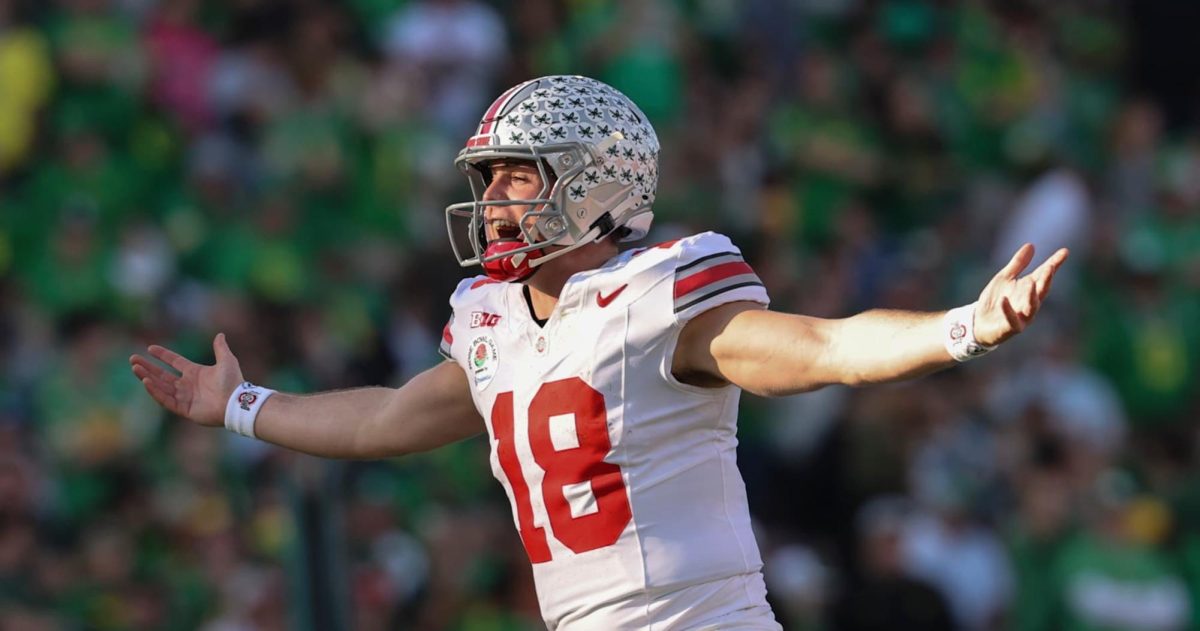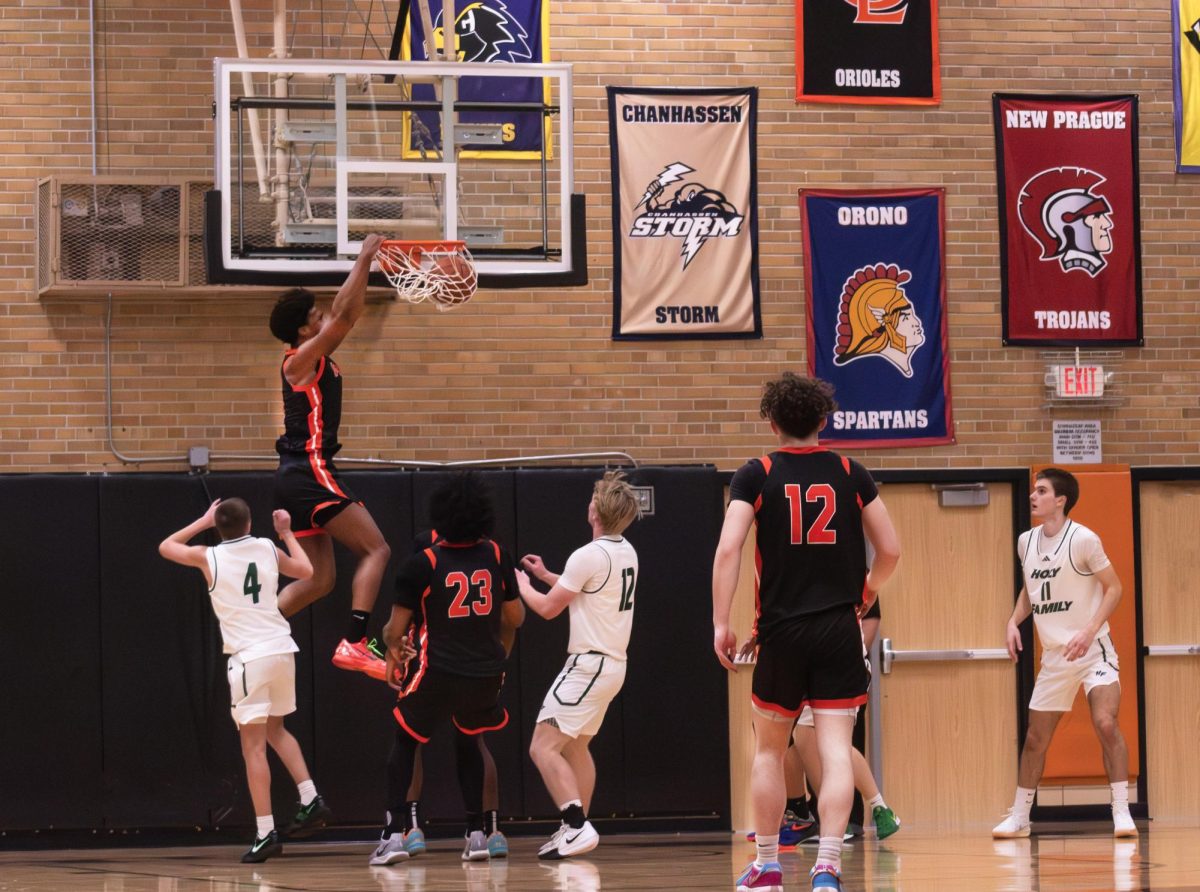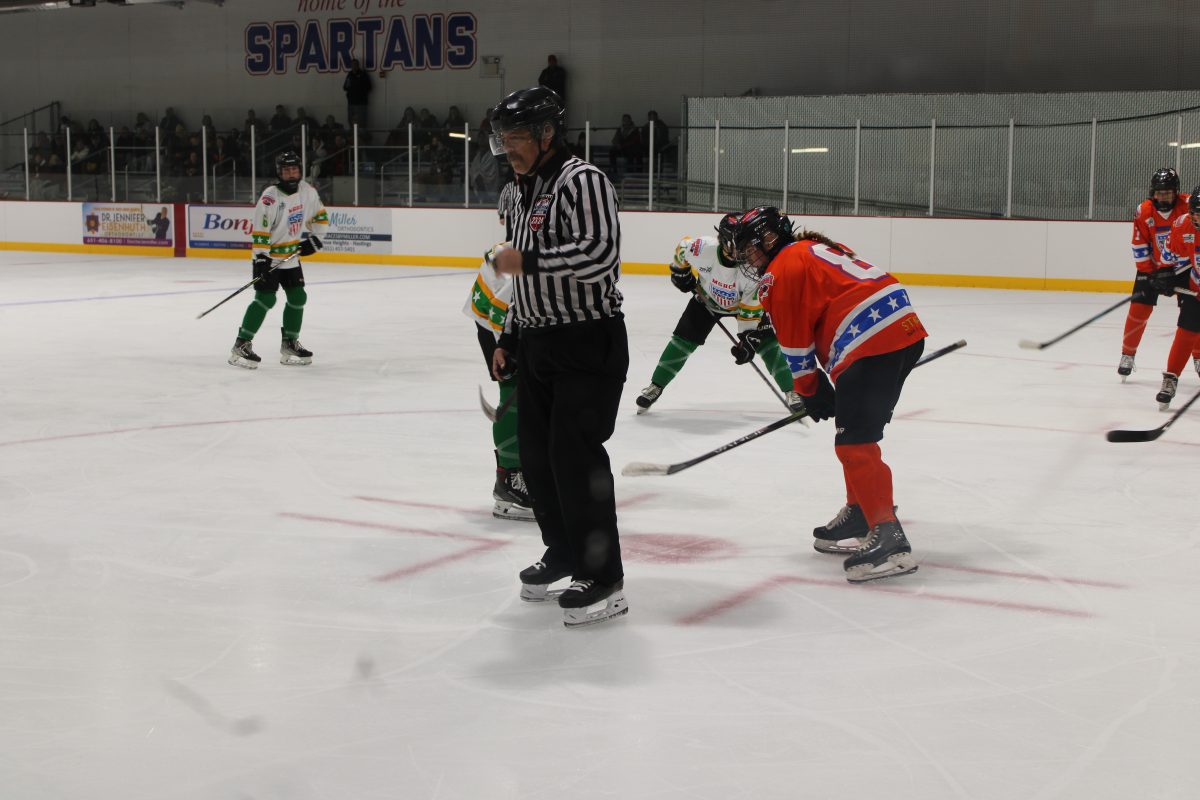High school sports and club sports are two distinct paths for athletes, each offering different experiences and opportunities. High school sports are deeply rooted in tradition and have a sense of community and pride. Athletes proudly represent their school, playing in the school colors with the roar of classmates in the stands. The camaraderie built within these high school teams often extends beyond the field, creating lasting friendships. The emphasis on teamwork and school spirit provides an unforgettable experience, while getting a well rounded education.
On the other hand, club sports can be a more competitive and specialized environment. Clubs often attract athletes with a passion for a particular sport, offering different levels of training and exposure to higher levels of competition. The focus on individual skill development and the pursuit of excellence can lead to opportunities for national exposure and college recruitment. This can provide a path for athletes with dreams beyond the high school level.
High school sports come with the advantage of a built-in support system, as students rally around their peers in a shared pursuit of victory. The inclusivity of high school teams also means that athletes of varying skill levels can find a place to belong. However, the structure of high school sports is often bound by league rules and regulations, limiting flexibility in training and competition.
Club sports offer a more flexible and customizable training environment. Athletes can choose clubs that align with their specific goals and aspirations, allowing for a tailored approach to skill development. The exposure to different coaching styles and a bigger pool of competitors can speed up an athlete’s growth and provide a more personalized path to success.
Club sports often come with a higher price tag compared to school-based sports due to various factors like membership fees, specialized coaching, travel expenses for tournaments and the cost of quality equipment. Unlike school sports that may receive funding from government or fundraisers, club teams often rely heavily on player fees to cover operational costs. Additionally, the competitive nature of club sports often demands a higher level of training, which can translate to more expensive facilities and experienced coaches. While the investment can provide valuable opportunities for skill development and exposure to higher-level competition, the financial commitment can be a barrier for some individuals or families.
Ultimately, the choice between high school sports and club sports comes down to an athlete’s goals and priorities. High school sports emphasize tradition, community and the pride of representing one’s school. Club sports offer a more specialized and competitive scene, catering to athletes with dreams for higher levels of play. Both paths contribute a lot to an athlete’s development, as well as not only shaping their skills on the field, but also their character and sense of identity.










